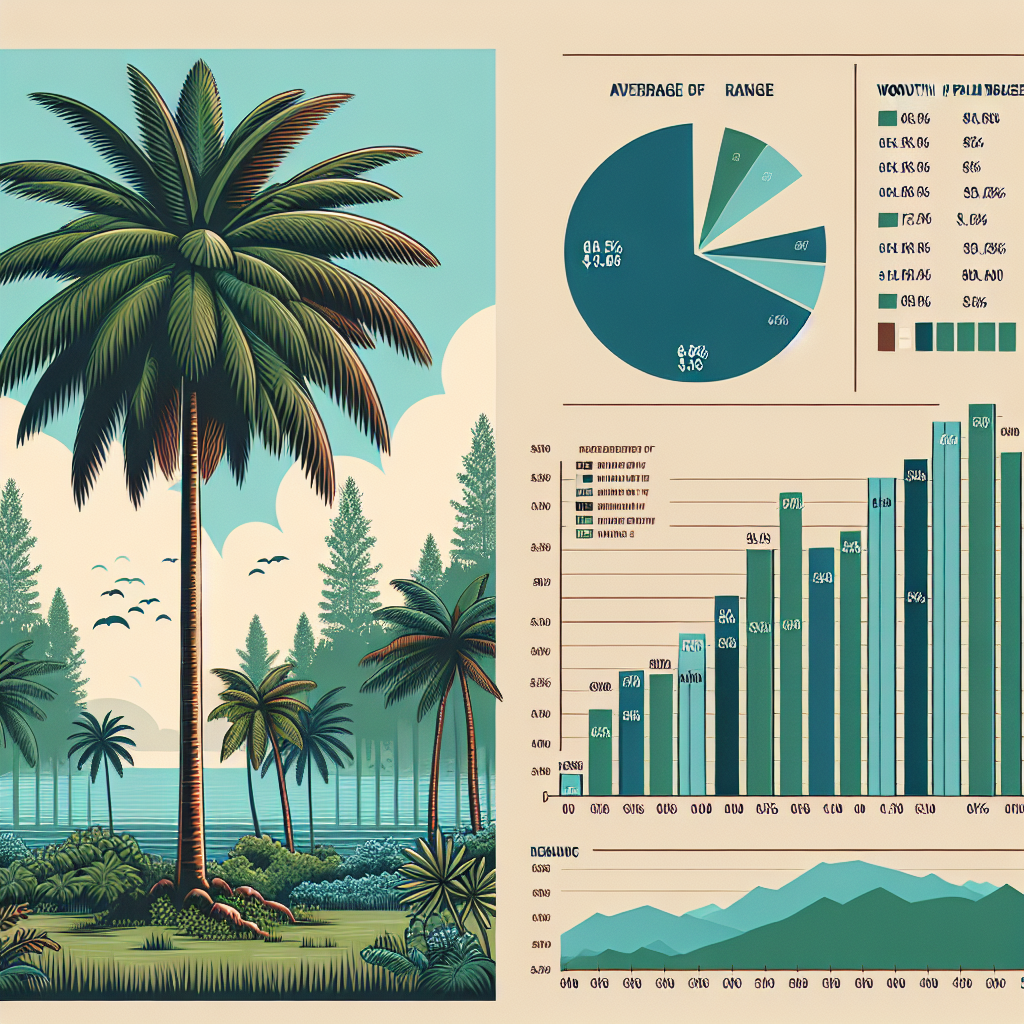
How much are palm trees worth
The Value of Palm Trees: Understanding How Much They Are Worth
Palm trees are synonymous with tropical aesthetics and have gained significant popularity not just in landscaping but also as valuable assets for property owners and businesses. Understanding their worth can benefit both sellers and buyers in the market. In this article, we’ll explore the various factors that determine the value of palm trees and provide insights into how much are palm trees worth.
1. The Aesthetic and Functional Appeal of Palm Trees
Palm trees are more than just pretty plants; they serve a variety of purposes that enhance their value:
- Landscape Design: They add a tropical feel to gardens, resorts, and commercial properties.
- Environmental Benefits: Palm trees provide shade, improve air quality, and can help with erosion control.
- Real Estate Appeal: Properties with well-maintained palm trees can seem more attractive to buyers.
This aesthetic and functional appeal makes palm trees a sought-after investment, which can ultimately influence their market value.
2. Factors Determining the Value of Palm Trees
The worth of palm trees is influenced by several factors, some of which include:
- Species: Different species of palm trees have varying market values. Some are more exotic and sought after than others.
- Age and Size: Older, taller palm trees are typically valued higher due to their maturity and established presence.
- Health and Condition: Healthy trees free of diseases or infestations are worth more than those in poor condition.
- Location: The geographical location can impact demand significantly; palm trees are often more valuable in warm climates.
- Market Demand: The overall demand for palm trees in landscaping and construction can fluctuate, affecting prices.
3. Common Species of Palm Trees and Their Average Worth
Here’s a closer look at some of the most common palm tree species and their approximate market values:
| Species | Average Height | Approximate Value (USD) |
|---|---|---|
| Washingtonia Robusta (Mexican Fan Palm) | 40-60 ft | $200 - $800 |
| Areca Palm | 6-30 ft | $50 - $150 |
| Coconut Palm | 50-80 ft | $150 - $1,500 |
| Queen Palm | 40-60 ft | $100 - $300 |
| Royal Palm | 40-100 ft | $400 - $2,000 |
4. What Influences Market Value?
Now that we have seen some common species of palm trees and their approximate values, various factors further influence their market prices:
4.1 Supply and Demand Dynamics
The relationship between supply and demand is crucial in determining how much are palm trees worth. When demand exceeds supply, prices can rise dramatically. Conversely, an oversupply of a particular species may lead to a decrease in value.
4.2 Regional Variations
In regions where palm trees are commonplace, like Florida or California, the value may be lower due to availability. However, in colder regions where palm trees are a rarity, values can increase significantly.
4.3 Cost of Maintenance
Palm trees require ongoing maintenance, including watering, trimming, and pest management. Buyers are often willing to invest more in trees that have lower maintenance costs, thus influencing their overall value.
5. Basic Costs Associated with Purchasing Palm Trees
When considering the acquisition of palm trees, it's important to factor in the total costs, which can include:
- Price of the tree itself
- Transportation costs
- Installation or transplantation fees
- Long-term maintenance expenses
Understanding these costs can provide a clearer picture of how much you are actually investing in palm trees. For example, while a palm tree might cost $300, the total expenses, including transportation and installation, could drive the cost to $600 or more.
6. The Role of Palm Tree Nurseries
Nurseries and suppliers play a significant role in the palm tree market. They not only provide a variety of species but also educate potential buyers on:
- Optimal growing conditions
- Common diseases and pests
- Watering and feeding schedules
Many palm tree nurseries also offer guarantees on their plants, which can further influence a buyer's willingness to pay a premium price.
7. The Economic Impact of Palm Trees
The palm tree industry contributes significantly to local economies, particularly in regions where tourism and landscaping flourish. Here’s how:
- Job Creation: Cultivating, transporting, and installing palm trees provides employment opportunities.
- Increased Property Values: Landscaped properties with palm trees can command higher prices in the real estate market.
- Tourism Boost: Destinations that feature palm trees often attract tourists, which in turn supports local businesses.
8. Conclusion: Making an Informed Investment
Investing in palm trees can be a rewarding venture, both for aesthetic enhancements and their monetary value. Potential buyers should consider various factors, from species type to maintenance costs, to understand fully how much are palm trees worth. When entering this market, being informed can lead to better purchasing decisions, ensuring that your investment pays off in both beauty and value.
“Palm trees are not just trees; they can be valuable assets that enhance the beauty and value of your property.”
In conclusion, understanding the factors influencing the value of palm trees can help potential buyers make informed decisions when investing in these tropical beauties. Whether for landscaping or as an investment asset, palm trees can be a delightful and valuable addition to any property.
```By Guest, Published on August 15th, 2024